Consider the scenario shown below, with four different servers connected to four different clients over four three-hop paths.
The four pairs share a common middle hop with a transmission capacity of R = 300 Mbps. The four links from the servers to the shared link have a transmission capacity of RS = 100 Mbps. Each of the four links from the shared middle link to a client has a transmission capacity of RC = 60 Mbps per second. You might want to review Figure 1.20 in the text before answering the following questions:
What is the maximum achievable end-end throughput (in Mbps) for each of four client-to-server pairs, assuming that the middle link is fair-shared (i.e., divides its transmission rate equally among the four pairs)?
Which link is the bottleneck link for each session?
Assuming that the senders are sending at the maximum rate possible, what are the link utilization for the
sender links (RS),client links (RC), and themiddle link (R)?

Solution:
- The maximum achievable end-end-throughput is 60 Mbps.
- This is the transmission capacity of the final hop, which is the bottleneck link since the last-hop transmission capacity of 60 Mbps is less than one quarter of the shared-link transmission capacity (300/4 = 75 Mbps) and less than the first-hop transmission capacity of 100 Mbps.
- The utilization of sender links is 60%. The utilization of receiver links is 100%. The utilization of the middle link is 80%.
I was wondering if anyone could help me get the working to those solutions.